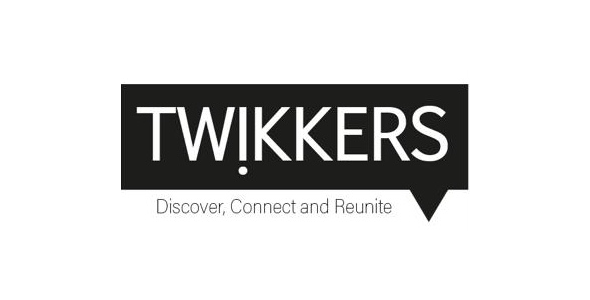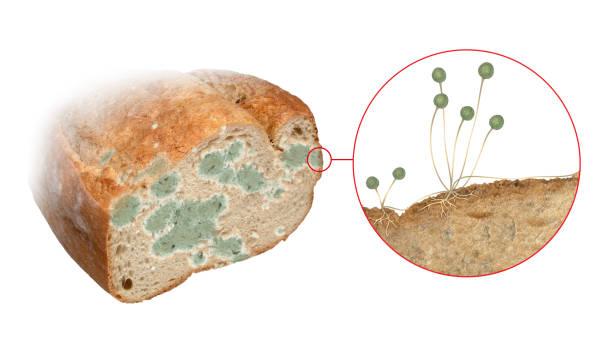Mold Inhibitors Market Overview:
Mold Inhibitors Market Projected to Reach USD 2.5 Billion By 2032, At 3.5% CAGR By 2023– 2032
Preservative demand has grown as people become more concerned about consuming nutritious and sanitary foods. Preservatives make food last longer and protect it from dangerous causes like bacterial and fungal development caused by other physical variables like temperature and pressure. Mold inhibitors are natural preservatives that help limit mold and other microbial development while also extending the shelf life of the food. As a result of its preservation qualities, the mold inhibitors market size is growing. Mold inhibitors can be synthetic or natural, and a little quantity is added to food goods. The market size is diverse due to the global concern about keeping healthy eating habits among all age groups. Mold inhibitors market trends is increasing globally due to several growth reasons.
As people's eating habits evolve, the need for various processed and preserved foods increases. To extend the shelf life of these foods, preservatives must be added. The absence of sufficient preservation quality causes the majority of food products to deteriorate. The increase in demand for preservation goods by the food industries throughout the world is propelling the market forward. These inhibitors are primarily used in the baking and dairy sectors to extend the shelf life of bread, cake, and other baked goods. In a short amount of time, these foods become susceptible to germs such as fungus and bacteria. People like to buy bakery items that have a long shelf life since they are frequently consumed for breakfast and lunch.
Key Players:
The leading players in the mold inhibitors market perspective are assisting the industry's worldwide expansion. The major methods employed by these companies would aid the market in maintaining its growth consistency, allowing it to meet its predicted CAGR. Associated British Foods Plc (UK), E. I. du Pont de Nemours and Company (US), Niacet Corporation (US), BASF SE (Germany), Eastman Chemical Company (US), Koninklijke DSM N.V. (the Netherlands), Handary SA (Belgium), Archer-Daniels-Midland Company (US), Archer-Daniels-Midland Company (US), Hawk (New Zealand).
Market Segmentation:
By Type: The natural and synthetic market segments are separated. Because of its wide variety of uses and cost-effectiveness, the synthetic category has the biggest market share.
By Source: Plants, animals, microorganisms, and other organisms make up the mold inhibitors industry. The animal section is regarded as the most dominant, but the plant segment is constantly growing due to economic pricing.
By Application: Food & drinks, medicines, animal feed, cosmetics and personal care, and others are the application segments of the mold inhibitors market.
Regional Segmentation:
Mold inhibitors market report reflect regional growth in North America, Europe, Asia Pacific, and the rest of the globe. Because of increased awareness to prolong the shelf life of food goods, notably in the US area, the North American market is the dominating region among the aforementioned key regions. The regional market is also being driven by the increased rise of convenience food goods. The increase in consumer awareness and the widespread use of natural mold inhibitors in the region are two key factors driving the North American market.
NOTE: Our Team of Researchers are Studying Covid19 and its Impact on Various Industry Verticals and wherever required we will be considering Covid19 Footprints for Better Analysis of Market and Industries. Cordially get in Touch for More Details.
Contact us:
Market Research Future (part of Wantstats Research and Media Private Limited),
99 Hudson Street,5Th Floor, New York, New York 10013, United States of America

